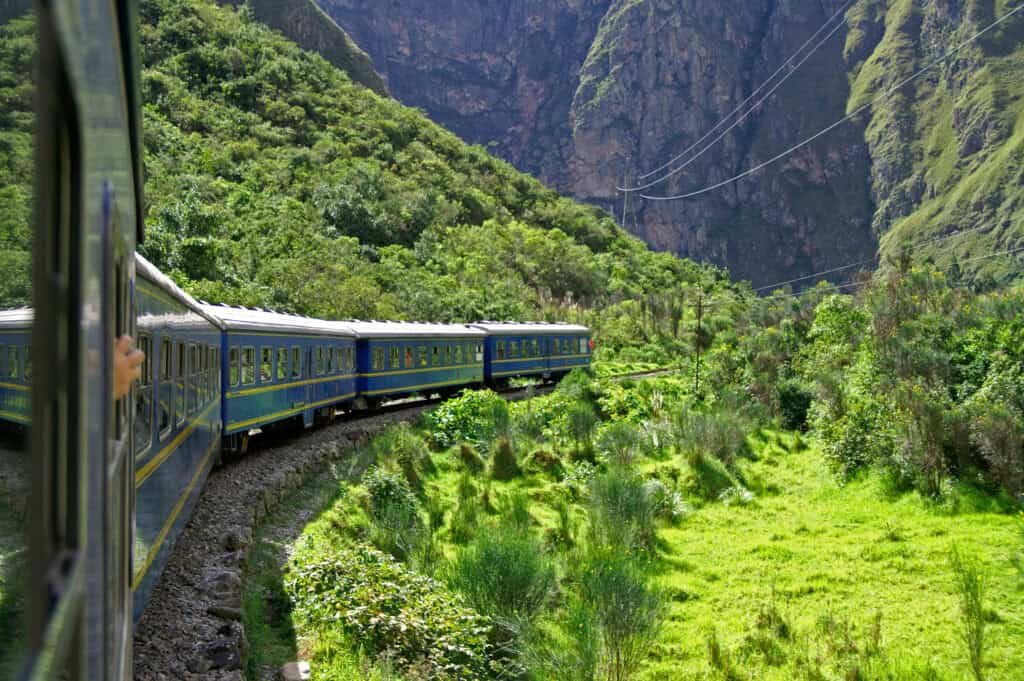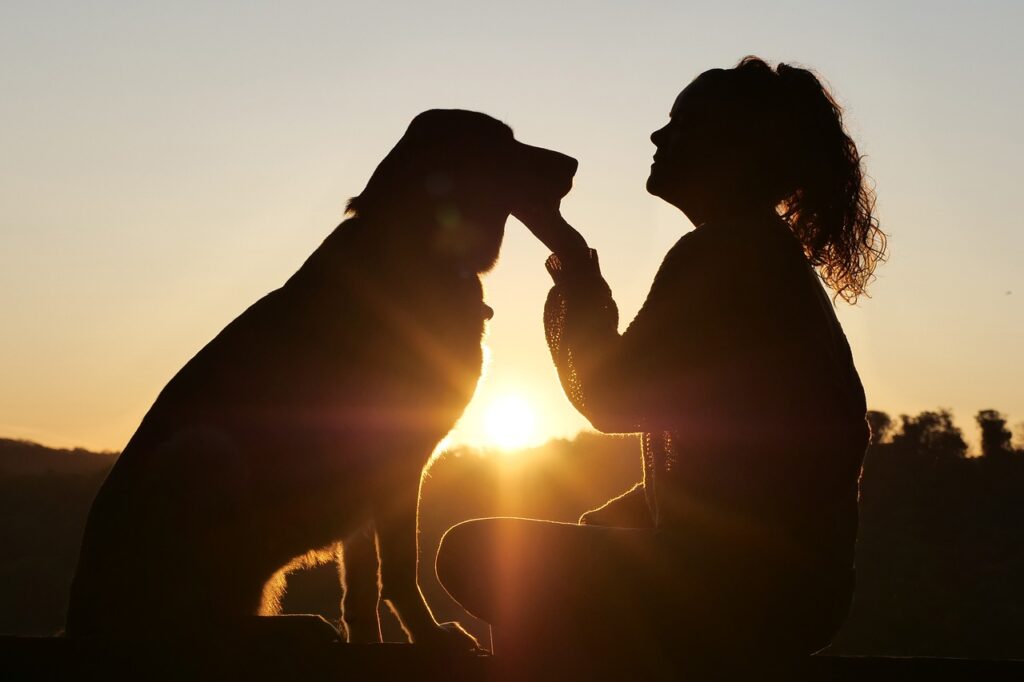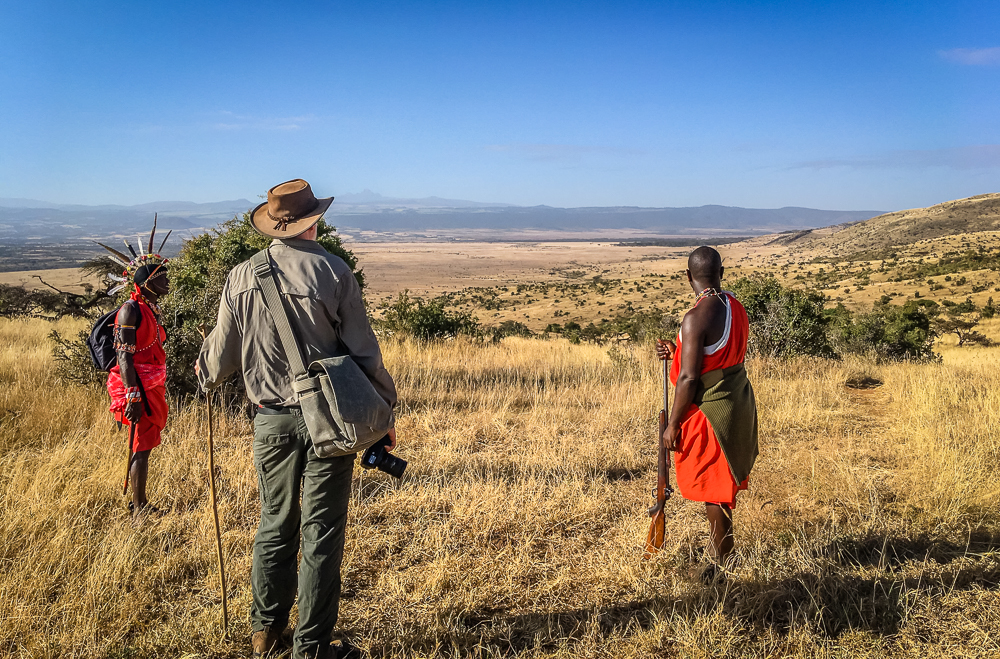
When we think of a Safari holiday, whether it be safaris in kzn or safaris in any other provinces, we first think about the wild animals, specifically the big five. But, what about all the bird species?
Most safari resorts have an abundance of bird life, and it can be quite an experience to go bird watching. The pure peacefulness of sitting, quietly, waiting for that first chirp or note. And, then identifying the sound to its owner, by means of a guide or even a recorded app, can be quite exhilirating.
Now, before you dive right in, there are few tools of the trade that will make your bird watching and even bird recording more rewarding.
What to take with you
- Walking or Hiking Shoes
You will be walking over rough terrain and maybe even clambering up a tree or two, so make sure you have closed and comfy walking shoes
- A good camera and lens
You may want to capture the lovelies on camera, so be sure to have a high-pixelated camera with a good zooming lens. Pack in an extra battery pack and memory stick too, so you don’t run out of juice.
- Clothing
Ensure you wear long pants and long sleeves, in a cool and airy material. It may be hot and you don’t want to burn, and it may well be cold, and you don’t want to catch a chill either. As you will be sitting or standing still for long periods of time, you can find that the sun or cold will quickly get to you. In addition, you will be walking through high grass at times, and longer pants works best for this.
- Binoculars and/or Telescope
Dependent on how close up you want to get a good view, binoculars or even a small telescope will work wonders.
What birds can you expect on safaris in South Africa?
There are over 550 species of birds along the South African coastline and inland, so you are quite spoilt for choice. Having said that, it is best to decide on a few breeds that you would like to see, and target in on searching for those.
Here are a few firm favourites:
The Blue Swallow

Swallows are small birds, generally with a lovely blue tinged hue, and some white on their tail and rumps, the males being the prettiest, as it is with most species. They mostly eat on flying insects, such as flies, and generally catch them by the wing, before guzzling them down.
Their eggs are a dull white and most times there will be three eggs in their nests. As for their sound, it will come across as a bee-bee, which is most unique and very identifiable.
The Cape Parrot

Not the typical bird you may expect to see when on safari, the Cape Parrot will be a welcomed surprise, with its bright green and red foliage. They feed on nuts and kernels, hence their very hard and capable beak. As like other parrots they can be quite noisy and you will know that squawking way before you get up close.
The Eurasian Bittern

This is a wading bird, so you would do best looking down in the reeds and water areas for this very camouflaged species. The patterns alone are very unique and they blend well into their environment. Their nests are generally found on the edges of water holes, hidden amongst the reeds.
For further identification their eyes are an eerie yellow with a green or blue skin surrounding them. Their sound could easily be equated to a foghorn, deep and breathy. The bittern, like most birds, have different sounds for various reasons, from mating to danger calls.
The Bearded Vulture

All safaris have a vulture species or two, and the safaris in kzn boast the Bearded Vulture. He is majestic in both stature and colour, with his red tinged chest and dark wings. Hence his name, his throat area looks a little like a beard and also has a hue of red/orange colour.
The typical vulture type beak and face is obvious, but you can see he is quite different from his generally dirty and evil looking cousins. It is often seen flying around in the Eastern Cape’s Karoo. They have very strong beaks and can often be found breaking the bones of their victims instead of hitting them against rocks, as is common with most vultures.
The African Crane

Another majestic bird, that sports a hairstyle worthy of a new trend following, the African crane is very unique with its yellow spikes and red throat pouch.
You will find this bird wading in the shallow waters and he feeds on plants and various small animals, such as frogs, snakes and worms. Their mating dance is something to watch, with a mix of jumping, bowing and dancing, so be sure to try see them when they are in their season.
Taking photographs of birds in the wild

This can be a greatly rewarding experiences and the photos produced can be real keepsakes, even worthy of display. But, to make your experience even better, take heed of a few pointers: –
Patience
A very important factor when bird watching and especially bird photographing. Birds are flighty; obviously, and rarely sit still for great amounts of time. So, be prepared to wait for that opportune moment and perfect picture shot.
Camera
An important part of photography, clearly, but having the right camera will render the best pictures, so ensure you have a SLR camera. If you don’t know much about cameras, ask around for an SLR that has good sensitivity to low light and where the shutters frame rate is high. You will want to shoot off a few clicks to guarantee a good and clear photo.
Camera Accessories
Tripods and monopods are good extras to have stashed away. Sitting and waiting can be tiring business, and if you can rest your camera on a tripod, you will, not only, be assured of a more accurate shot, but of not missing that perfect moment.
Camera Remote Triggers
Always a good idea if you want to place your camera close to a flock of birds, but know that your presence will be disruptive.
Bird Books
To best identify your birds, have a handy bird book close, or better yet there are many apps you can download onto tablets that will do a real good job in helping you find that certain species.
Happy bird watching!




Thanks for the educative post. I am getting started on my photography career and being a great birder, this is where I am gonna’ begin my hustle. I am knowledgeable when it comes to choosing the best camera in the market but for binoculars, I’ll need a pro’s assistance. Any great suggestion is well appreciated.